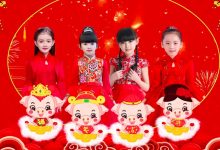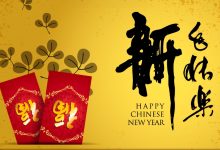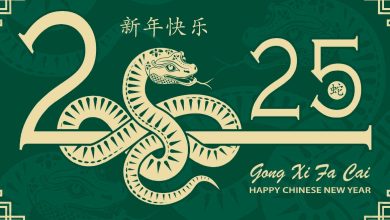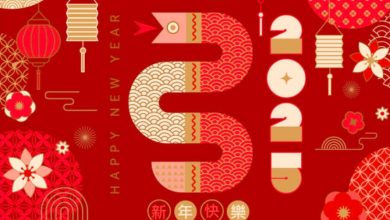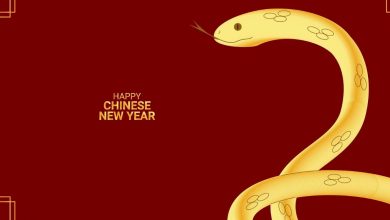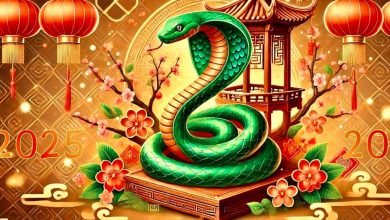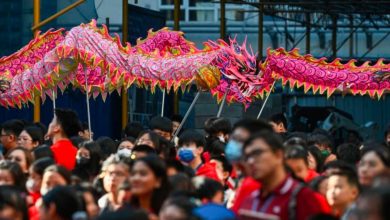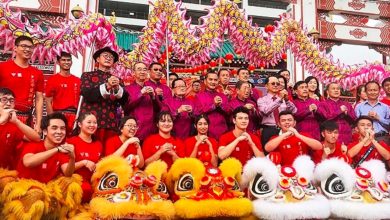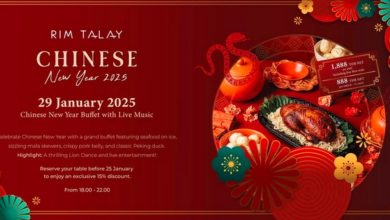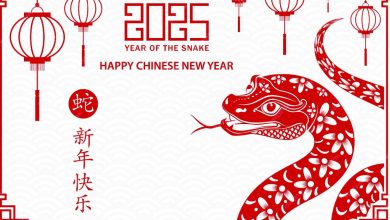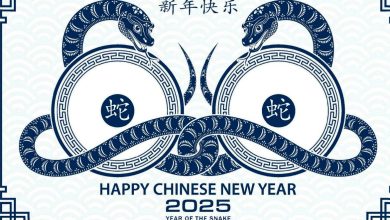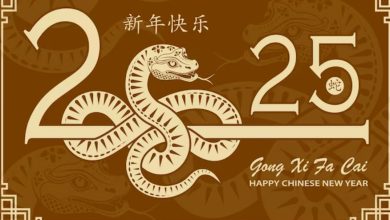Chinese new year activities 2025
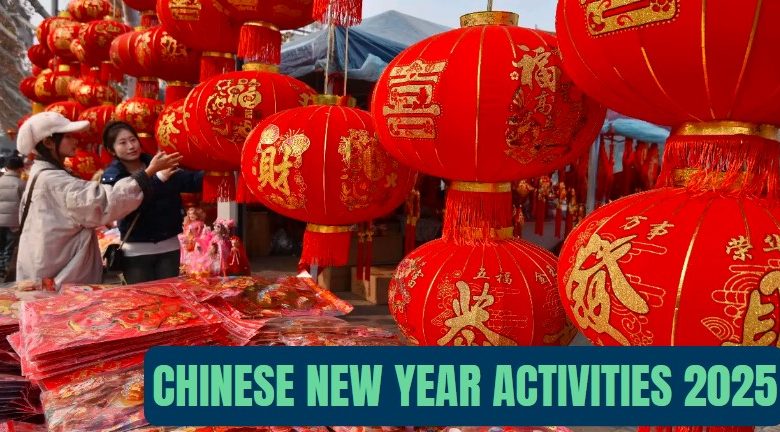
Chinese New Year, also known as the Spring Festival, is one of the most important and widely celebrated festivals in Chinese culture. In 2025, the celebrations will begin on January 29, marking the start of the Year of the Snake according to the Chinese zodiac. This vibrant holiday is steeped in tradition and customs, with activities designed to bring families together, honor ancestors, and welcome good fortune. Let’s explore some of the key activities that make the Chinese New Year so special and meaningful.
1. Cleaning and Decorating Homes
In the days leading up to Chinese New Year, families thoroughly clean their homes in a symbolic act of sweeping away bad luck and making space for good fortune. This tradition, known as “sweeping the dust,” is believed to drive away any lingering misfortune from the past year.
Once the cleaning is complete, homes are adorned with festive decorations. Red is the dominant color, as it symbolizes happiness, prosperity, and protection against evil spirits. Common decorations include:
- Spring couplets: Red banners with poetic phrases written in gold calligraphy.
- Paper cutouts: Intricate designs featuring symbols of luck, such as fish, lanterns, and the Chinese character for “fortune” (福).
- Snake-themed decor: As 2025 is the Year of the Snake, you’ll see snake imagery prominently displayed.
2. Reunion Dinner
The Chinese New Year’s Eve reunion dinner is perhaps the most significant event of the festival. Families, often traveling great distances, come together for a lavish feast. The dinner table is filled with symbolic dishes that represent prosperity, happiness, and longevity, such as:
- Dumplings (jiǎozi): Shaped like ancient Chinese ingots, dumplings symbolize wealth.
- Fish (yú): The word for fish sounds like “surplus” in Chinese, representing abundance.
- Longevity noodles: These long noodles signify a long and healthy life.
- Sticky rice cakes (niángāo): The name sounds like “higher year” in Chinese, symbolizing growth and advancement.
This meal is a time to share stories, reminisce, and strengthen family bonds.
3. Giving and Receiving Red Envelopes (Hongbao)
One of the most beloved traditions of Chinese New Year is the giving and receiving of red envelopes, or hongbao. These envelopes, filled with money, are traditionally given by elders to children and unmarried adults. The red color symbolizes good luck and wards off evil spirits, while the monetary gift is a gesture of blessing and prosperity for the year ahead.
Today, the tradition has adapted to modern times, with digital red envelopes being sent through apps like WeChat. However, the sentiment behind this tradition remains unchanged: spreading joy and well-wishes.
4. Fireworks and Firecrackers
Fireworks and firecrackers are an essential part of Chinese New Year celebrations. The loud sounds and bright bursts are believed to scare away evil spirits, particularly the mythical beast Nian, which is said to terrorize villages during the New Year. Starting at midnight on New Year’s Eve, the skies light up with spectacular displays, creating a festive and joyous atmosphere.
Many communities also organize public fireworks shows, where families gather to watch and celebrate together. While firecrackers are banned in some urban areas due to safety concerns, alternatives such as electronic firecrackers and LED displays are used to maintain the festive spirit.
5. Lion and Dragon Dances
Traditional lion and dragon dances are performed during Chinese New Year to bring good luck and drive away evil spirits. These colorful and energetic performances involve dancers dressed as lions or holding a long dragon figure supported by poles.
The lion dance is often accompanied by the rhythmic beat of drums, cymbals, and gongs. The performers mimic the movements of a lion, showcasing agility and strength. Similarly, the dragon dance features a long, flexible dragon manipulated by a team of dancers, symbolizing power, wisdom, and prosperity.
6. Temple Visits and Prayers
Many families visit temples during Chinese New Year to pray for health, happiness, and success in the coming year. Incense sticks are lit, and offerings such as fruits and flowers are presented to deities and ancestors. This is also a time to express gratitude and seek blessings.
Some temples host special events, such as lantern displays, cultural performances, and fortune-telling sessions. These activities add to the festive atmosphere and provide a chance to connect with the spiritual aspects of the holiday.
7. Lantern Festival
The Chinese New Year celebrations conclude with the Lantern Festival, which falls on the 15th day of the lunar calendar. In 2025, this will be on February 12. On this day, colorful lanterns of all shapes and sizes are displayed, symbolizing hope and reunion.
Children and families often carry lanterns while participating in nighttime parades or solving riddles written on the lanterns. The festival’s signature treat, tangyuan (sweet glutinous rice balls), is enjoyed as a symbol of family togetherness.
8. Cultural Performances and Activities
Throughout the Chinese New Year period, communities organize a variety of cultural events, including:
- Traditional music and dance performances
- Martial arts demonstrations
- Calligraphy and painting exhibitions
- Street fairs and food markets
These activities provide opportunities to learn about Chinese culture, enjoy delicious street food, and participate in festive games and crafts.




